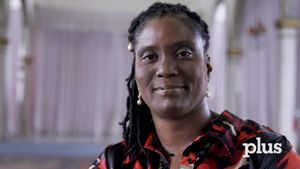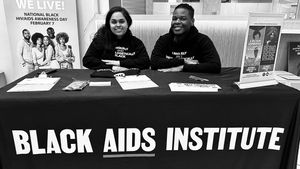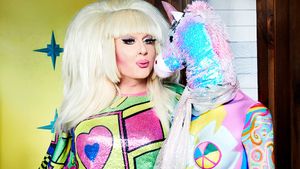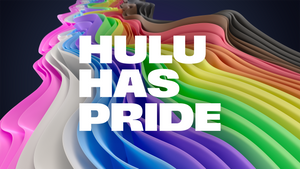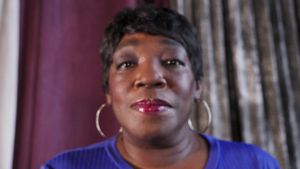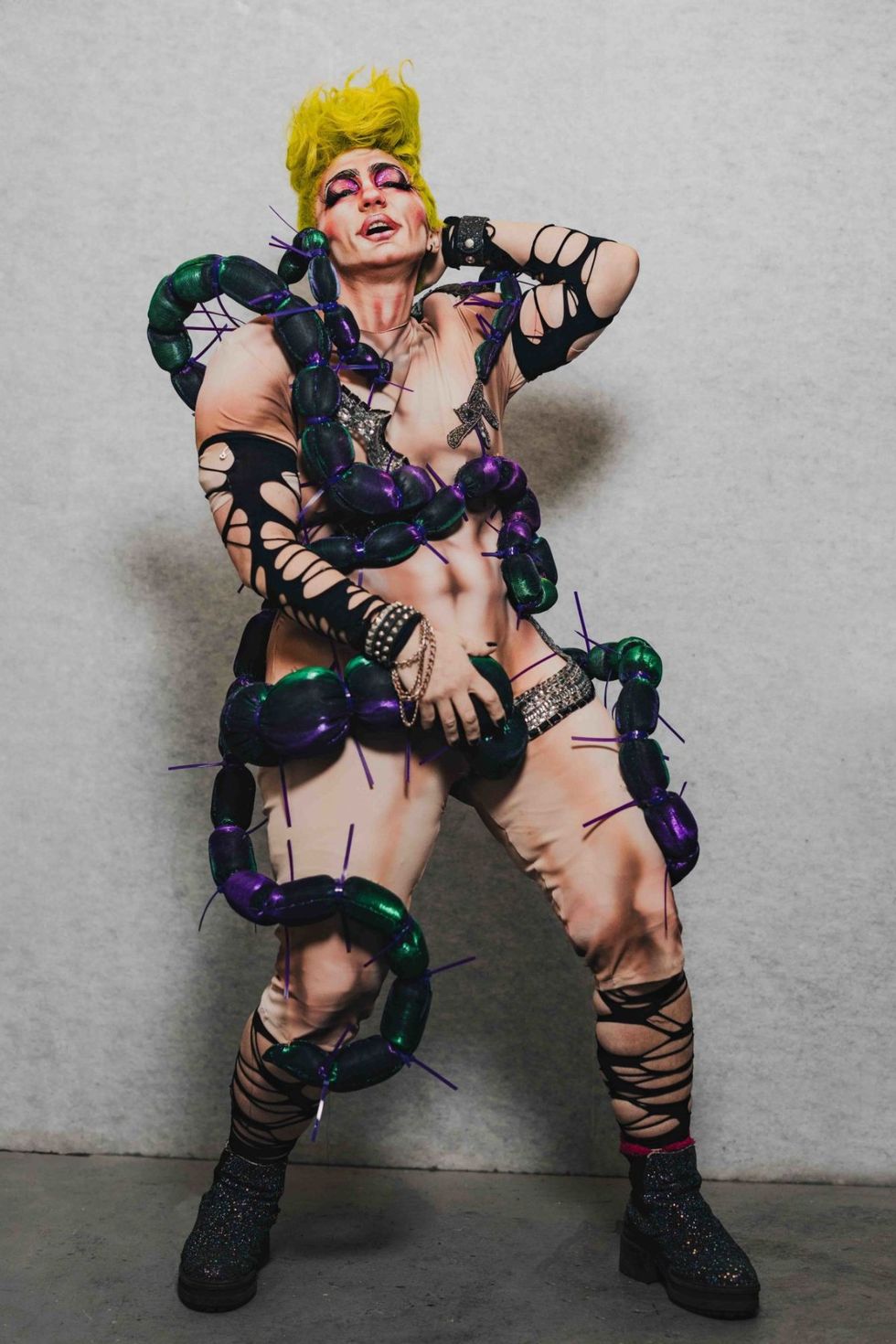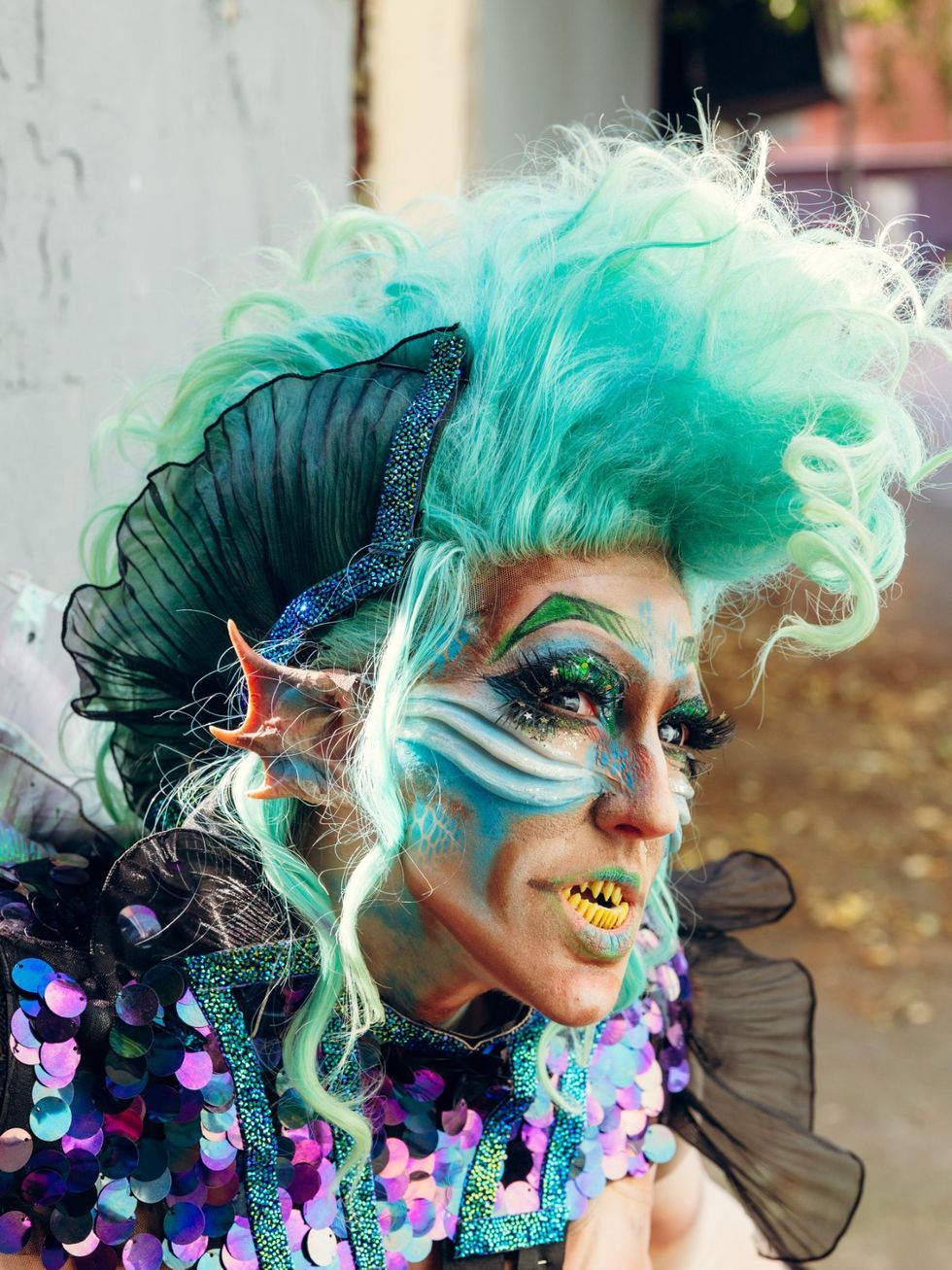Over the last few years, awareness around transgender rights and respect for identity has become more mainstream, despite heavy opposition, and has an increasing focus on the importance of language and recognition.
In the wake of the 2024 election, who knows what we're about to head into, but we can't dwell on that. We have to focus on the future, and we have to continue to fight for inclusion at all times and for all people, especially our trans friends.
One key aspect of affirming a transgender person’s identity is using their chosen name rather than their “deadname” — the name they were assigned at birth but no longer identify with.
Deadnaming, which refers to calling a transgender person by their pre-transition name, can have severe social and emotional impacts. If it’s not immediately obvious as to why, let’s go over what it is, why it’s harmful, and the broader cultural and legal implications of respecting a transgender person’s chosen name.
What is deadnaming?

Dmitry Demidovich/Shutterstock
Deadnaming involves referring to a transgender person by the name they used before they transitioned, often associated with their birth identity. This outdated term may be used unintentionally by those unaware of the individual’s new name, but at times, it’s also used intentionally, either to undermine the person’s identity or as a form of discrimination. For transgender individuals, the use of a chosen name is not simply a preference; it’s an essential part of their identity and self-affirmation.
According to GLAAD, misusing or disregarding a chosen name contributes to feelings of dysphoria, distress, and invalidation. They note that respecting names is integral to respecting the person and the gender identity they embody.
Why is deadnaming harmful?

Ryanzo W. Perez/Shutterstock
Deadnaming has psychological consequences, often causing feelings of distress, alienation, and emotional discomfort for transgender individuals.
When a transgender person hears or sees their deadname, it can be a reminder of a painful time before they could live authentically. The act of deadnaming, especially when done repeatedly or publicly, reinforces a sense of rejection and invalidation.
According to a 2024 study by the American Psychological Association, the use of a transgender person’s chosen name has a positive impact on mental health, whereas deadnaming or misgendering can lead to increased rates of anxiety, depression, and suicidal ideation.
The history of the term "deadnaming"

nito/Shutterstock
The term “deadnaming” began to emerge in online transgender communities in the early 2010s, gaining traction on social media and LGBTQ+ forums where transgender individuals could discuss their experiences more openly. According to the 2021 update Oxford English Dictionary, when deadnaming was updated as both a noun and a verb, says “deadname” was first recorded in a 2010 Twitter post, but the verb “deadnaming” goes back to 2013.
As the understanding of transgender issues evolved, so did the language, with “deadnaming” entering mainstream usage alongside terms like “misgendering.” Today, deadnaming is widely recognized in discussions around transgender identity, with advocacy organizations, educational resources, and public figures increasingly denouncing its use.
Deadnaming's psychological impact

Dmytro Zinkevych/Shutterstock
A consistent body of research emphasizes that social acceptance, including the use of a chosen name, is strongly linked to positive mental health outcomes for transgender people. A 2018 study published by The Journal of Adolescent Health showed transgender youths who could use their chosen name reported significantly lower rates of depression and anxiety than those who could not. This study underscores the importance of respecting transgender people’s names, as even a small gesture can be deeply validating and supportive.
The Human Rights Campaign also highlights the importance of using a person’s chosen name in all legal, medical, and social contexts, noting that deadnaming is not only a form of emotional harm, but also that deadnaming occurring by the police or the media could result in many trans and gender non-conforming fatalities being inaccurately reported.
Legal implications and workplace considerations

Marcos Castillo/Shutterstock
In professional and educational settings, policies regarding deadnaming vary widely. Some companies and institutions have adopted formal policies to prevent deadnaming, recognizing the potential for lawsuits or discrimination claims if employees or students are misnamed consistently. For instance, the HRC provides resources to organizations on how to create trans-inclusive spaces, which include updating records and offering training on the use of chosen names and pronouns.
While there are no federal laws directly prohibiting deadnaming, some states have introduced anti-discrimination laws that indirectly address this issue by protecting transgender individuals’ rights. Additionally, institutions that fail to uphold these standards may face backlash or legal challenges under workplace discrimination protections.
Practical steps to avoid deadnaming

Master1305/Shutterstock
For allies, family members, and coworkers, avoiding deadnaming involves a conscious commitment to using a person’s chosen name consistently. Here are some practical tips:
- Ask and Affirm: If you’re unsure about someone’s name or pronouns, be respectful when you ask, and do so politely. Affirming someone’s identity goes a long way in creating an inclusive space.
- Update Records: Workplaces and schools can help prevent accidental deadnaming by ensuring that all records are promptly updated to reflect a transgender person’s chosen name.
- Apologize and Move Forward: If you accidentally use someone’s deadname, acknowledge the mistake, apologize, and make a conscious effort not to repeat it.
Simple actions like these are integral to trans-inclusivity and respect. Deadnaming may seem like a minor error to some, but taking the time to use the correct name is essential in affirming someone’s identity.
We're all in this together

Jose Calsina/Shutterstock
Deadnaming remains a pressing issue in the broader conversation about transgender rights and identity respect. Yes, we're living in some scary and uncertain times right now, but there are still people out their who recognize and respect that a transgender person’s chosen name is more than just politeness; it’s a matter of validating their identity and affirming their right to self-definition.
As understanding of transgender issues grows, terms like “deadnaming” help educate the public on the profound emotional and social implications of language. Allies, organizations, and society as a whole can contribute to a more inclusive world by committing to use chosen names and rejecting practices that undermine transgender identities.
Through small actions and educated awareness, we can foster a world where everyone feels seen, respected, and affirmed.

















